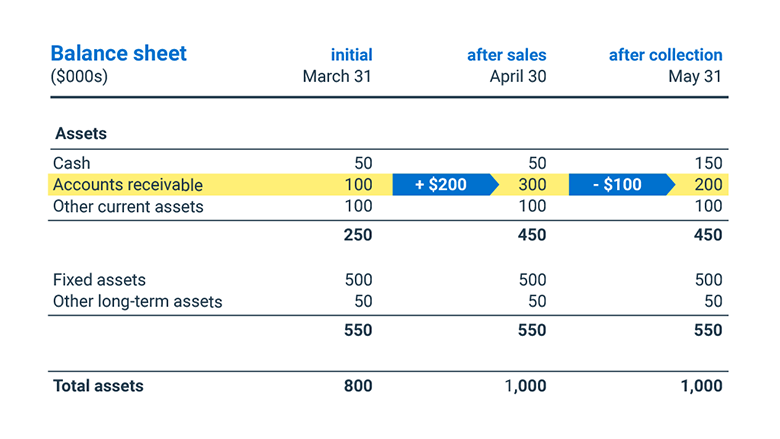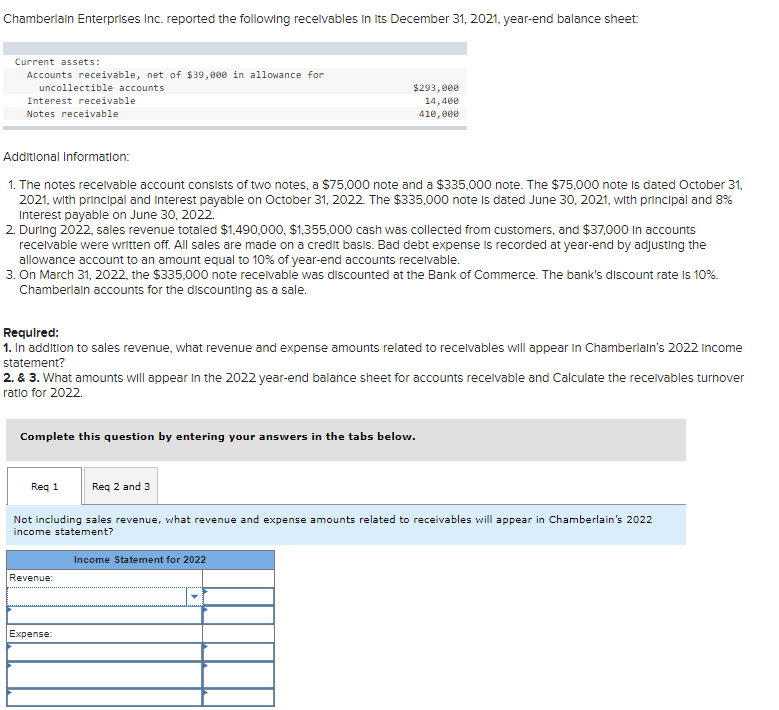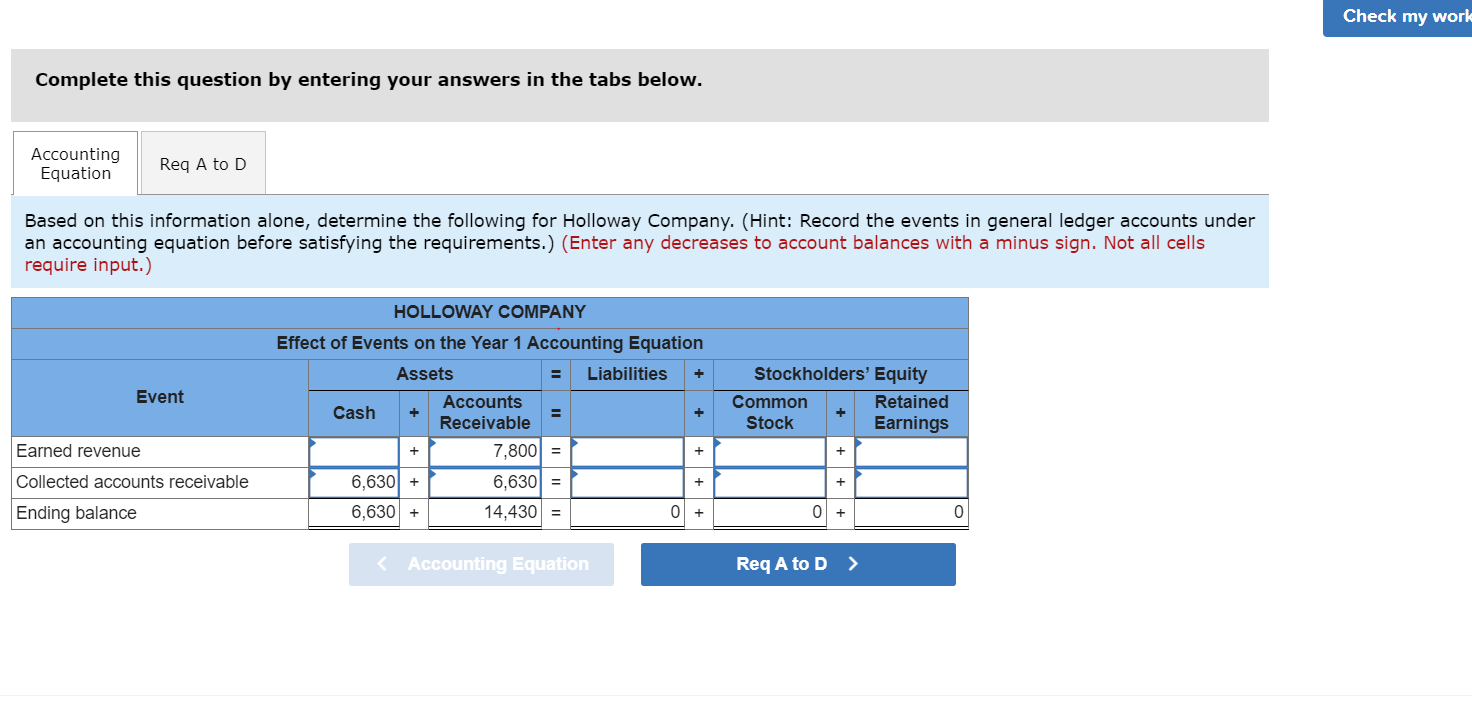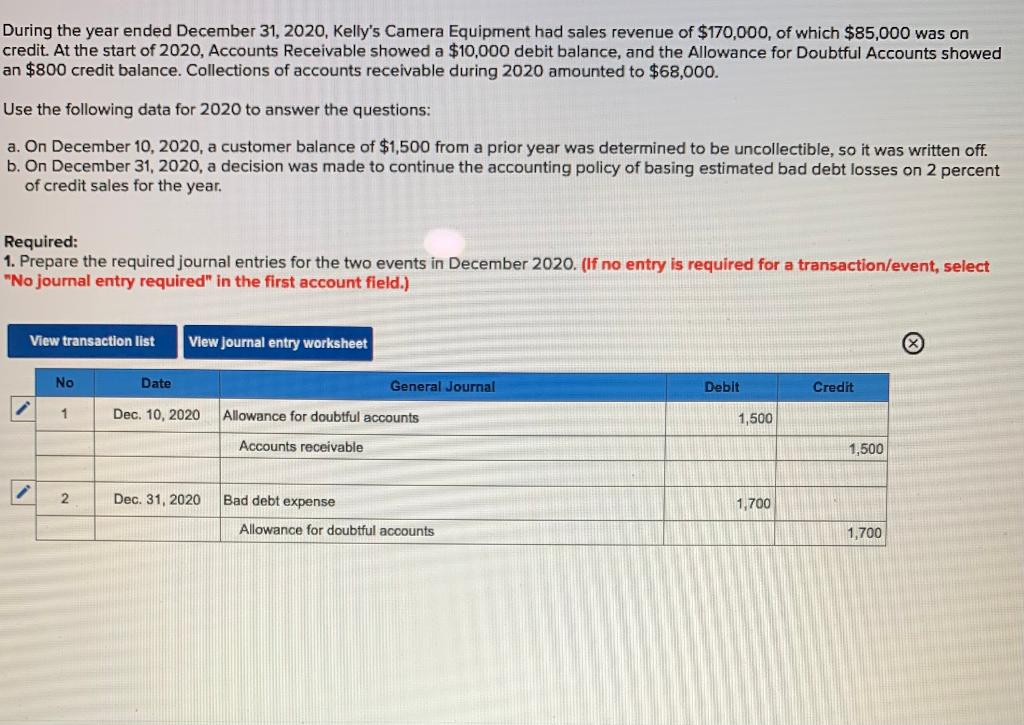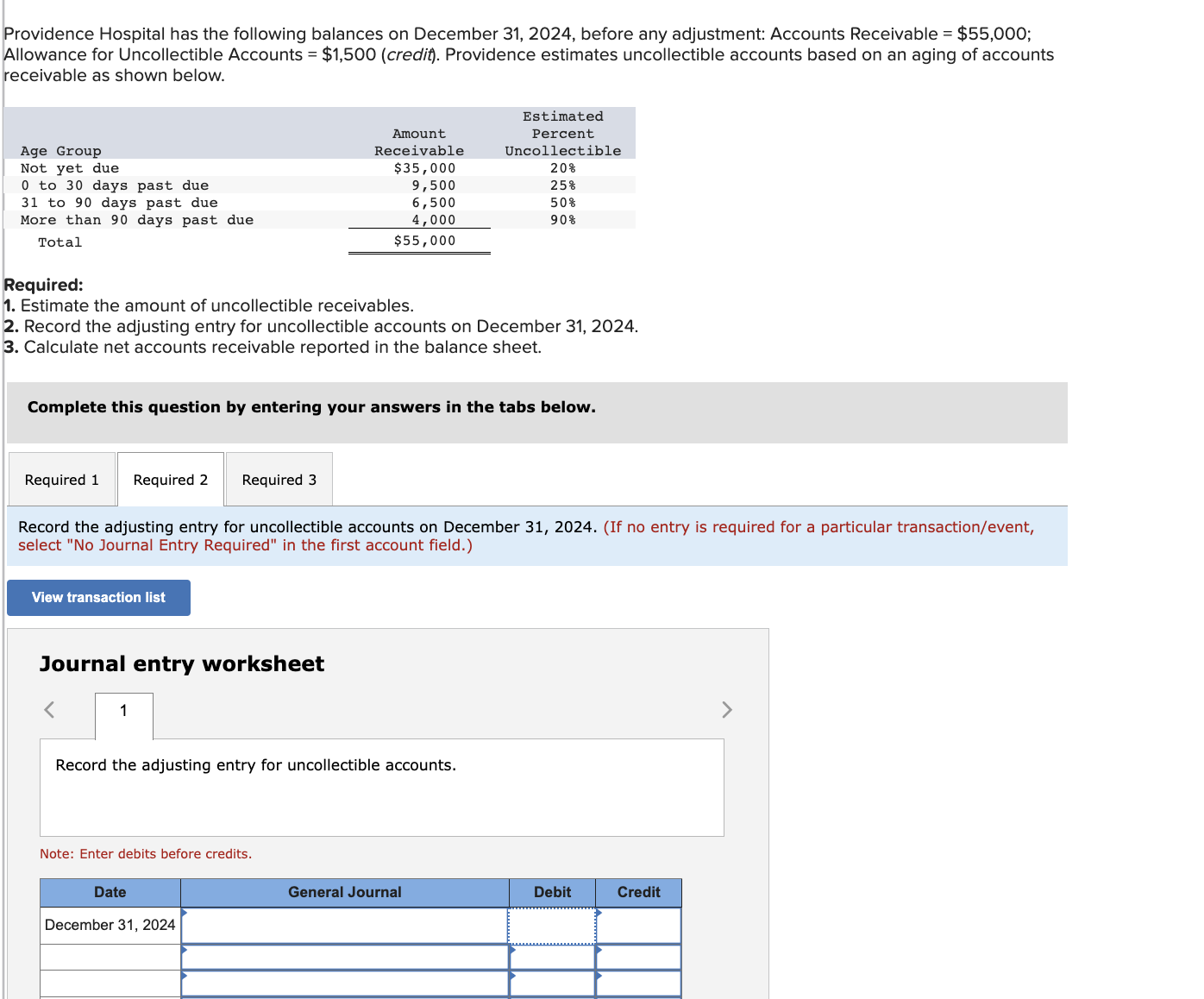How Is Accounts Receivable Reported On The Balance Sheet
How Is Accounts Receivable Reported On The Balance Sheet - Accounts receivable are explicitly classified as current assets on the balance sheet. Accounts receivable (ar) represents money that is due to a company by its customers for goods or services supplied but still unpaid. This categorization aligns perfectly with the. Accountants disclose receivables when the reporting company has the right to receive cash, some other asset, or services.
Accounts receivable (ar) represents money that is due to a company by its customers for goods or services supplied but still unpaid. Accountants disclose receivables when the reporting company has the right to receive cash, some other asset, or services. Accounts receivable are explicitly classified as current assets on the balance sheet. This categorization aligns perfectly with the.
Accountants disclose receivables when the reporting company has the right to receive cash, some other asset, or services. Accounts receivable (ar) represents money that is due to a company by its customers for goods or services supplied but still unpaid. Accounts receivable are explicitly classified as current assets on the balance sheet. This categorization aligns perfectly with the.
GAAP Generally Accepted Accounting Principles
Accountants disclose receivables when the reporting company has the right to receive cash, some other asset, or services. Accounts receivable are explicitly classified as current assets on the balance sheet. This categorization aligns perfectly with the. Accounts receivable (ar) represents money that is due to a company by its customers for goods or services supplied but still unpaid.
year end accounts receivable Nicolasa Turley
Accountants disclose receivables when the reporting company has the right to receive cash, some other asset, or services. Accounts receivable are explicitly classified as current assets on the balance sheet. Accounts receivable (ar) represents money that is due to a company by its customers for goods or services supplied but still unpaid. This categorization aligns perfectly with the.
Solved Chamberlain Enterprises Inc. reported the following
Accounts receivable are explicitly classified as current assets on the balance sheet. Accountants disclose receivables when the reporting company has the right to receive cash, some other asset, or services. Accounts receivable (ar) represents money that is due to a company by its customers for goods or services supplied but still unpaid. This categorization aligns perfectly with the.
Accounts Receivable (AR) What They Are and How to Interpret Pareto Labs
Accounts receivable (ar) represents money that is due to a company by its customers for goods or services supplied but still unpaid. Accountants disclose receivables when the reporting company has the right to receive cash, some other asset, or services. Accounts receivable are explicitly classified as current assets on the balance sheet. This categorization aligns perfectly with the.
Solved Exercise 21A (Algo) Effect of collecting accounts
This categorization aligns perfectly with the. Accountants disclose receivables when the reporting company has the right to receive cash, some other asset, or services. Accounts receivable (ar) represents money that is due to a company by its customers for goods or services supplied but still unpaid. Accounts receivable are explicitly classified as current assets on the balance sheet.
At December 31, 2021, Marigold Co. reported the following information
This categorization aligns perfectly with the. Accountants disclose receivables when the reporting company has the right to receive cash, some other asset, or services. Accounts receivable (ar) represents money that is due to a company by its customers for goods or services supplied but still unpaid. Accounts receivable are explicitly classified as current assets on the balance sheet.
Solved 2. Show how the amounts related to Accounts
Accounts receivable are explicitly classified as current assets on the balance sheet. This categorization aligns perfectly with the. Accountants disclose receivables when the reporting company has the right to receive cash, some other asset, or services. Accounts receivable (ar) represents money that is due to a company by its customers for goods or services supplied but still unpaid.
Solved please do the journal entry and Calculate the net
Accountants disclose receivables when the reporting company has the right to receive cash, some other asset, or services. Accounts receivable are explicitly classified as current assets on the balance sheet. This categorization aligns perfectly with the. Accounts receivable (ar) represents money that is due to a company by its customers for goods or services supplied but still unpaid.
What are Accounts Receivable and Accounts Payable?
Accounts receivable (ar) represents money that is due to a company by its customers for goods or services supplied but still unpaid. Accounts receivable are explicitly classified as current assets on the balance sheet. Accountants disclose receivables when the reporting company has the right to receive cash, some other asset, or services. This categorization aligns perfectly with the.
How to Find Accounts Receivable on Balance Sheet
Accountants disclose receivables when the reporting company has the right to receive cash, some other asset, or services. Accounts receivable (ar) represents money that is due to a company by its customers for goods or services supplied but still unpaid. Accounts receivable are explicitly classified as current assets on the balance sheet. This categorization aligns perfectly with the.
This Categorization Aligns Perfectly With The.
Accounts receivable are explicitly classified as current assets on the balance sheet. Accounts receivable (ar) represents money that is due to a company by its customers for goods or services supplied but still unpaid. Accountants disclose receivables when the reporting company has the right to receive cash, some other asset, or services.

